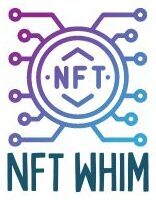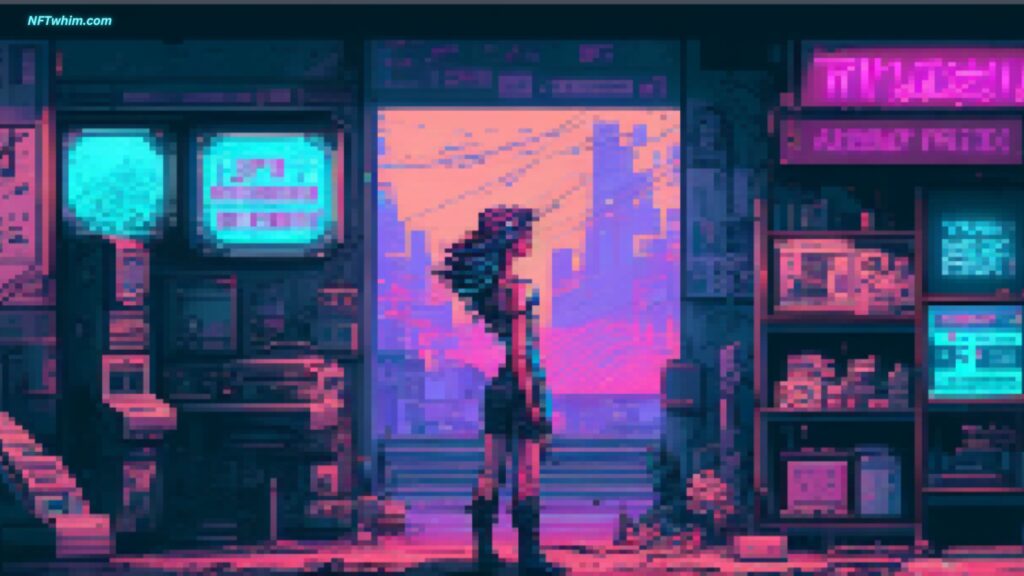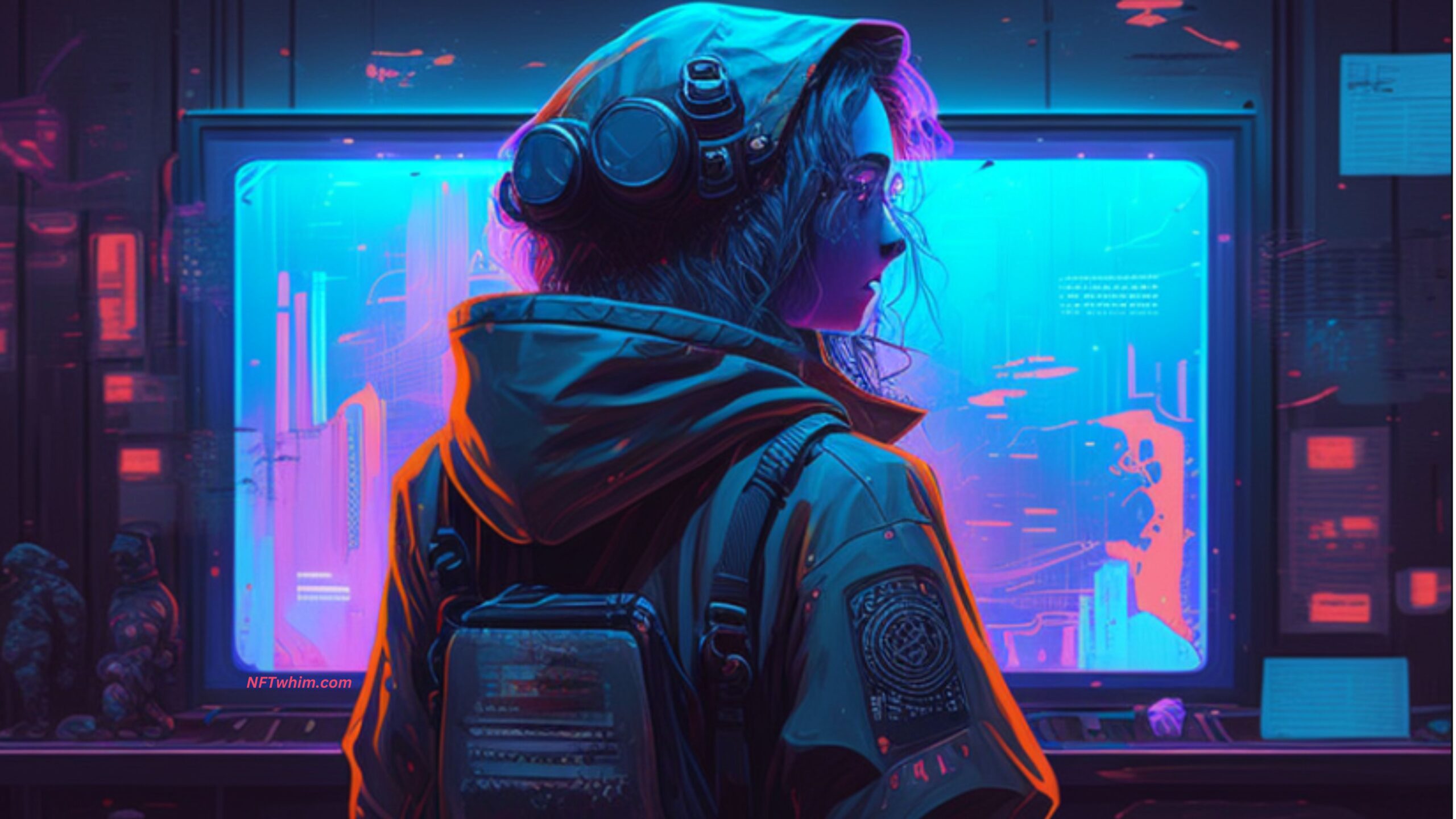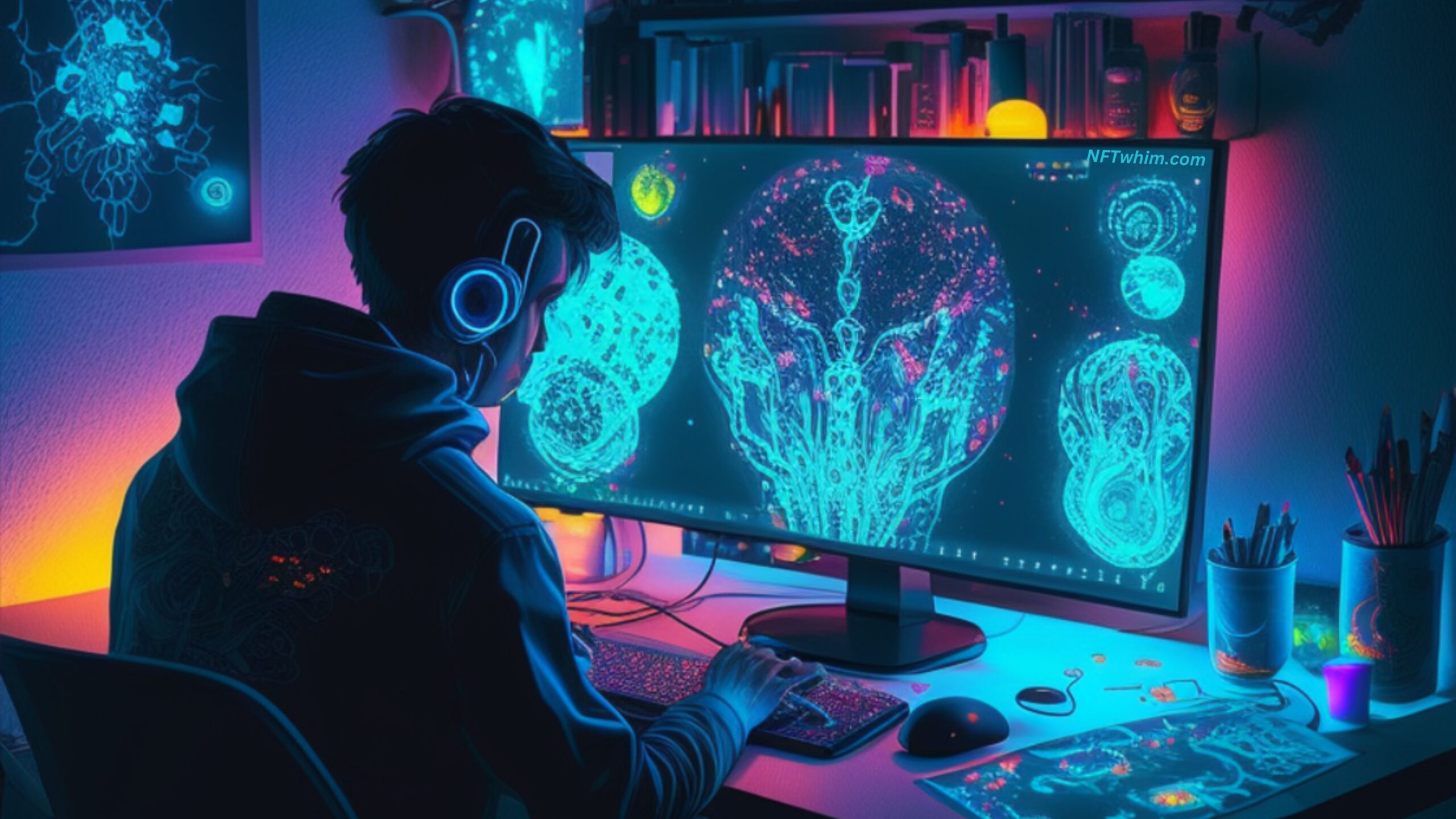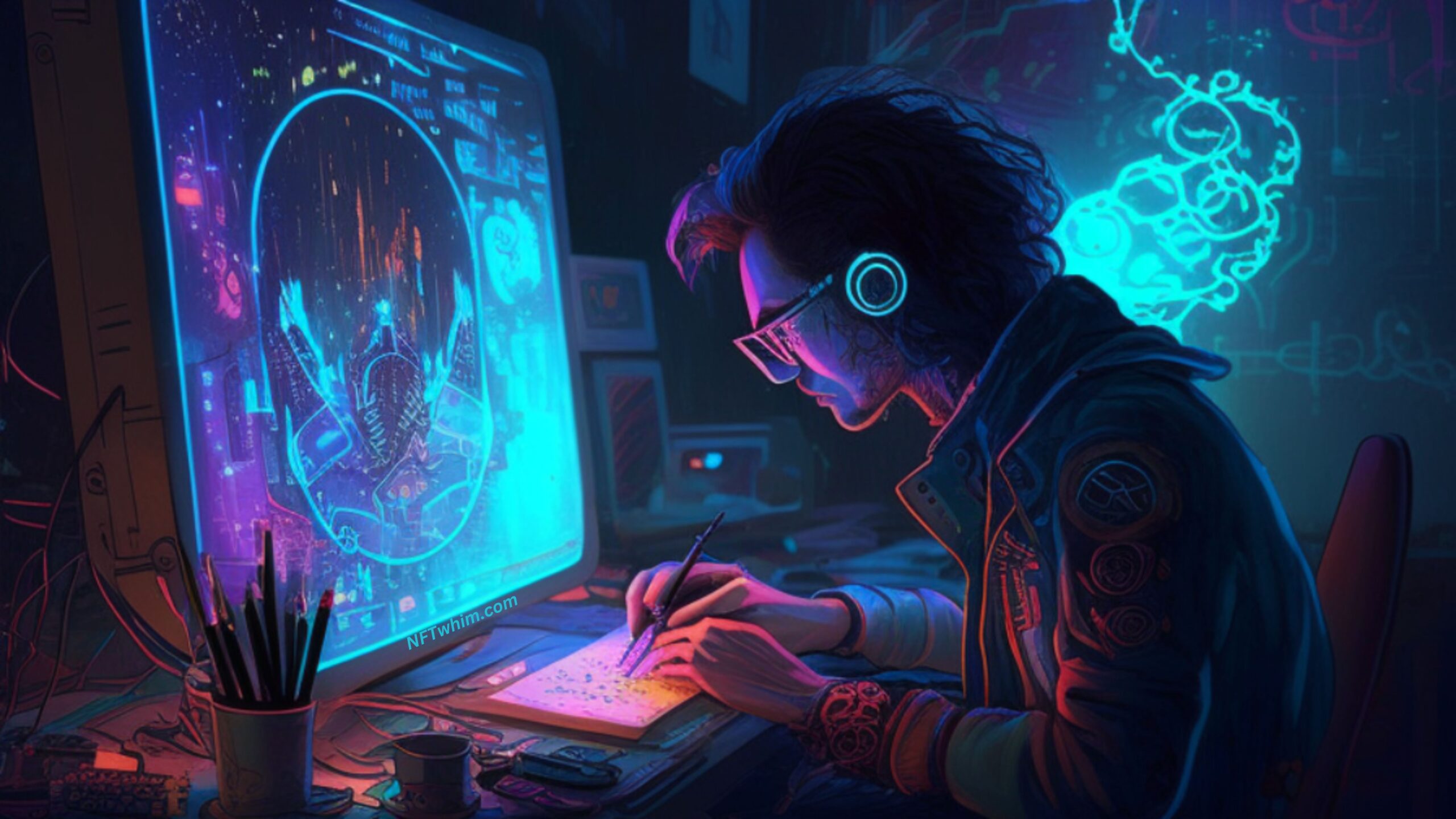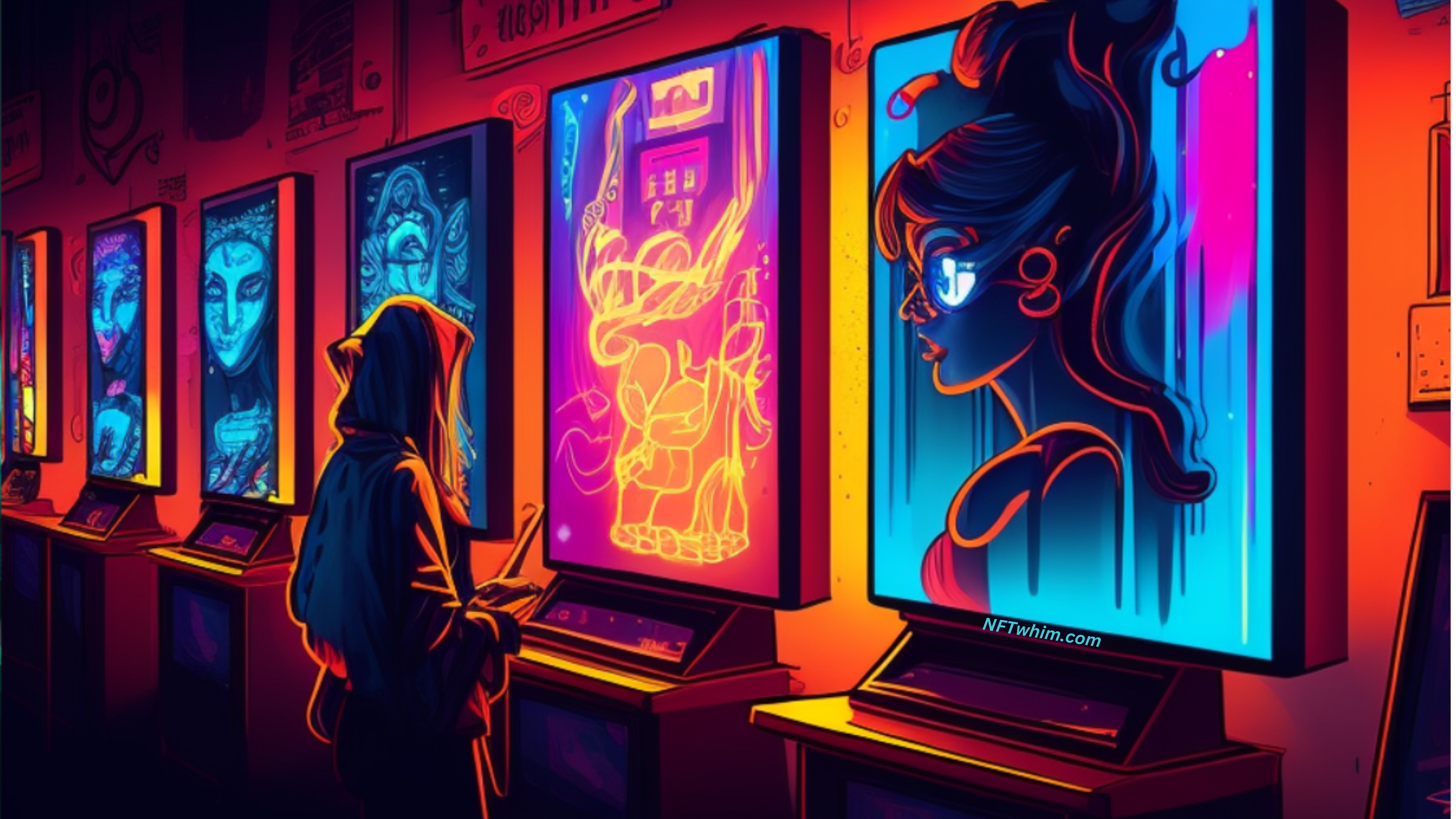If you’re a fan of retro games and digital art, you may have heard of pixel art NFTs. Pixel art NFTs are a type of non-fungible token that use pixel art as the medium of expression. They’re a popular form of digital art that can be bought, sold, and collected on various blockchain platforms. In this beginner’s guide, we’ll cover everything you need to know about creating and selling pixel art NFTs.
To create and sell pixel art NFTs, one needs to have knowledge of digital art and use the right tools like Aseprite, Pro Motion, or Pyxel Edit to create the artwork. Color choices, pixel density, and composition are important considerations when creating pixel art. To mint and sell pixel art NFTs, one needs to choose a blockchain, an NFT marketplace, and connect a wallet. Setting an appropriate price, marketing the artwork, and being patient are crucial for selling pixel art NFTs.
Table of Contents
But before we get into the actual guide, let’s just first briefly explain what Pixel art NFTs are, and what makes them so popular among collectors!
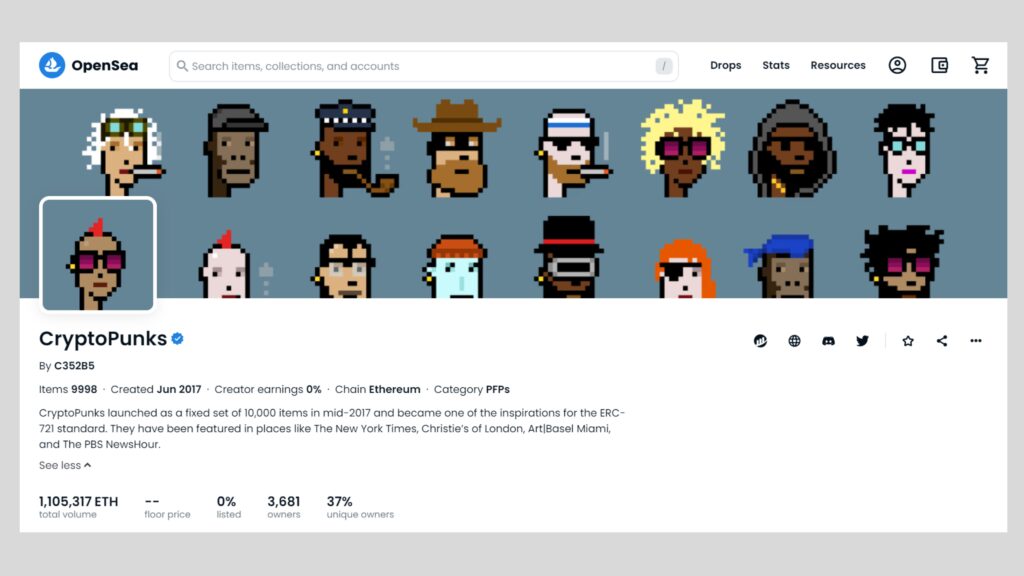
What are Pixel Art NFTs?
Pixel art is a form of digital art that uses a small, fixed number of pixels to create images. It’s a style of art that originated in the early days of video games, when limited graphics capabilities required developers to use pixelated graphics to create characters, backgrounds, and objects. Today, pixel art is used in a variety of contexts, from video games to web design to digital art.
Pixel art NFTs are a type of non-fungible token that use pixel art as the medium of expression. Like other types of NFTs, pixel art NFTs are unique digital assets that are stored on a blockchain. Each pixel art NFT has a unique identifier and a set of metadata that provides information about the artwork, such as the artist’s name, the date of creation, and the edition size.
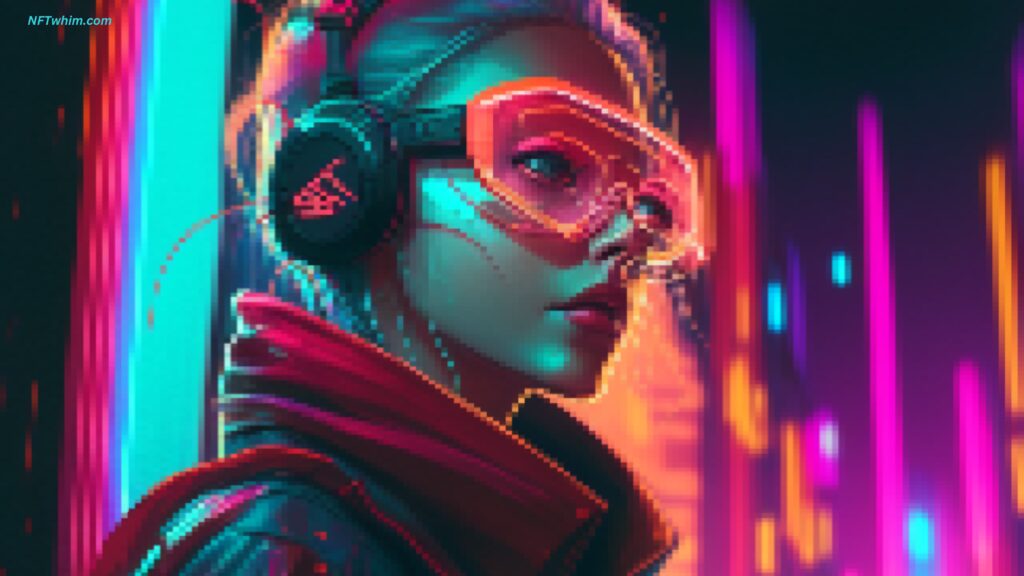
What Makes Pixel Art NFTs So Popular?
Pixel art has always had a certain appeal due to its unique aesthetic and nostalgic feel. However, in recent years, the popularity of pixel art has exploded, especially in the NFT space. Here are some reasons why pixel art NFTs are so popular:
- Nostalgia: Many people grew up with pixel art video games and have a sentimental attachment to the style. Pixel art NFTs can evoke feelings of nostalgia and transport collectors back to their childhoods.
- Unique Aesthetic: Pixel art has a distinctive look and feel that sets it apart from other types of digital art. The limited color palettes and blocky shapes can create a sense of whimsy and charm that appeals to many collectors.
- Accessibility: Pixel art can be created with relatively simple tools, making it accessible to artists of all skill levels. This has led to a diverse range of pixel art NFT collections, with something for every taste and budget.
- Investment Potential: As with any type of NFT, pixel art NFTs have the potential to increase in value over time. Some collections have already achieved astronomical prices, making them an attractive investment for collectors and investors.
- Community: Many pixel art NFT collections have built strong communities around them, with passionate collectors and creators coming together to support and promote the artwork. This sense of community can make collecting pixel art NFTs a rewarding and fulfilling experience.
All of these factors contribute to the popularity of pixel art NFTs, making them a great genre to break into as an NFT creator!

Creating Pixel Art NFTs
Creating pixel art NFTs requires some knowledge of digital art and the tools used to create it. Here are some tips and best practices for creating pixel art NFTs:
- Choose the right tools: There are many tools and software programs that can be used to create pixel art, including Aseprite, Pro Motion, and Pyxel Edit. Each tool has its own strengths and weaknesses, so it’s important to choose the one that works best for you.
- Understand color choices: Pixel art is a form of art that is limited by the number of pixels available. This means that color choices are especially important. When creating pixel art, it’s important to choose colors that work well together and create a pleasing visual effect.
- Pay attention to pixel density: Pixel density is the number of pixels per inch or per centimeter. When creating pixel art, it’s important to pay attention to pixel density, as it can affect the quality of the final artwork.
- Consider composition: Pixel art is a form of art that is often limited in terms of resolution and size. This means that composition is especially important. When creating pixel art, it’s important to consider the overall composition of the artwork, including the placement of objects and the use of negative space.
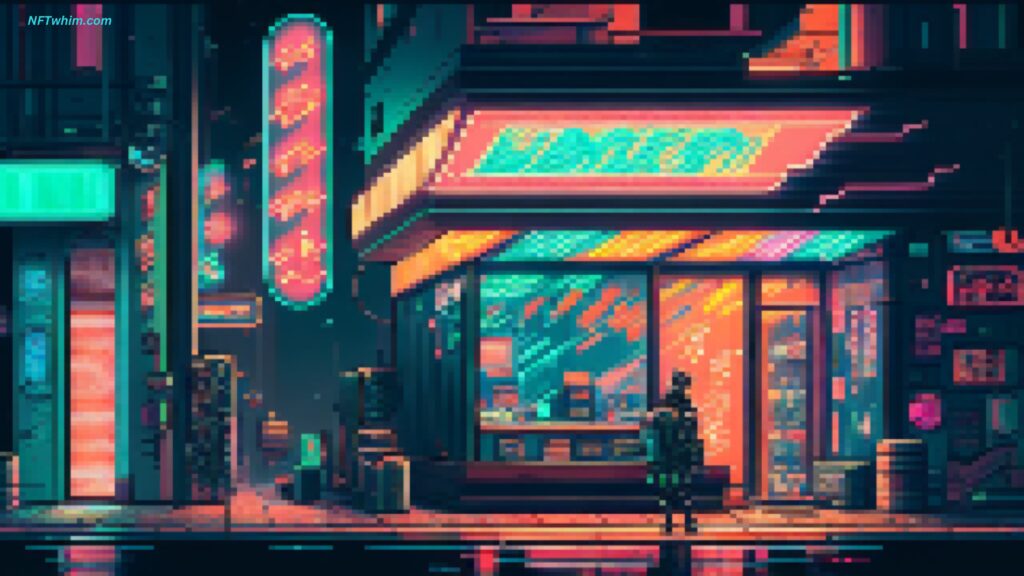
Minting Pixel Art NFTs
Minting pixel art NFTs involves creating a digital asset that is unique and can be bought, sold, and collected on a blockchain platform. Here are some tips and best practices for minting pixel art NFTs:
- Choose a blockchain: There are many blockchains that can be used to mint pixel art NFTs, including Ethereum, Polygon and Solana. Each platform has its own strengths and weaknesses, so it’s important to choose the one that works best for you.
- Choose an NFT Marketplace that supports your blockchain: Popular NFT marketplaces include Opensea, Superrare and NiftyGateway. Opensea is the biggest marketplace for NFTs as of today, and supports several different blockchains, including those mentioned above.
- Connect your wallet: To mint and sell your Pixel Art NFT, you’ll need to connect your wallet to the chosen NFT marketplace. A wallet is a digital storage space for cryptocurrencies and NFTs. Most marketplaces support popular wallets like MetaMask and Trust wallet.
- Mint your Pixel Art NFT: Once you’re connected to the marketplace, you can start the minting process. This involves uploading your Pixel Art and creating a unique NFT token. You’ll also need to set a price for your artwork and decide on the number of copies that will be minted. Pay attention to the gas fees, as they can affect the cost of minting and selling your artwork.
- List your Pixel Art NFT for sale: After minting your Pixel Art NFT, you need to list it on the marketplace for sale. Buyers can purchase it using cryptocurrency. If someone buys your artwork, the NFT will be transferred to their wallet, and you’ll receive the payment in your wallet.
- Set a reserve price: Setting a reserve price is a way to ensure that your pixel art NFTs sell for a minimum amount. A reserve price is the minimum price that you’re willing to sell your artwork for. Setting a reserve price can help you avoid selling your artwork for less than it’s worth.

Selling Pixel Art NFTs
Selling pixel art NFTs involves listing your artwork as we previously discussed, and finding buyers who are interested in purchasing it. Here are some tips and best practices for selling pixel art NFTs:
- Price your artwork appropriately: Pricing your artwork appropriately is important to ensure that it sells for a fair price. When pricing your artwork, consider factors such as edition size, rarity, and the current market value of similar artworks.
- Market your artwork: Marketing your artwork is an important part of selling pixel art NFTs. Use social media platforms, forums, and online marketplaces to promote your artwork and attract potential buyers.
- Be patient: Selling pixel art NFTs can take time. It’s important to be patient and persistent when selling your artwork. Keep promoting your artwork and engaging with potential buyers until you find the right buyer.
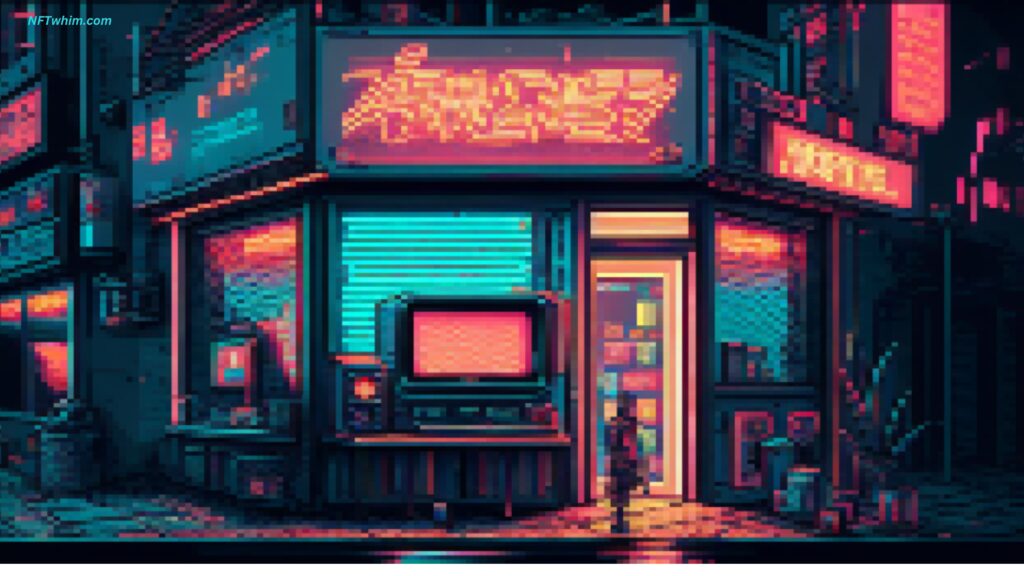
Examples of Famous Pixel Art NFT Collections to Inspire You
Pixel art is been a popular style for creating NFTs, and many famous collections have emerged over the years. Here are a few examples of some of the most well-known pixel art NFT collections, to get your inspiration going:
- Cryptopunks: Cryptopunks is a collection of 10,000 unique 8-bit pixel art characters, each with its own distinct attributes. The project was launched in 2017 and quickly gained a cult following within the NFT community. Today, Cryptopunks is one of the most valuable NFT collections, with some individual Punks selling for millions of dollars.
- ApeGang: ApeGang is a collection of 10,000 pixelated apes with unique attributes and accessories.
- BitCats: BitCats is a collection of unique pixel art cats, each with its own traits and accessories. The collection was released in 2021 and has gained a following among new NFT collectors looking for an entry-level collection.
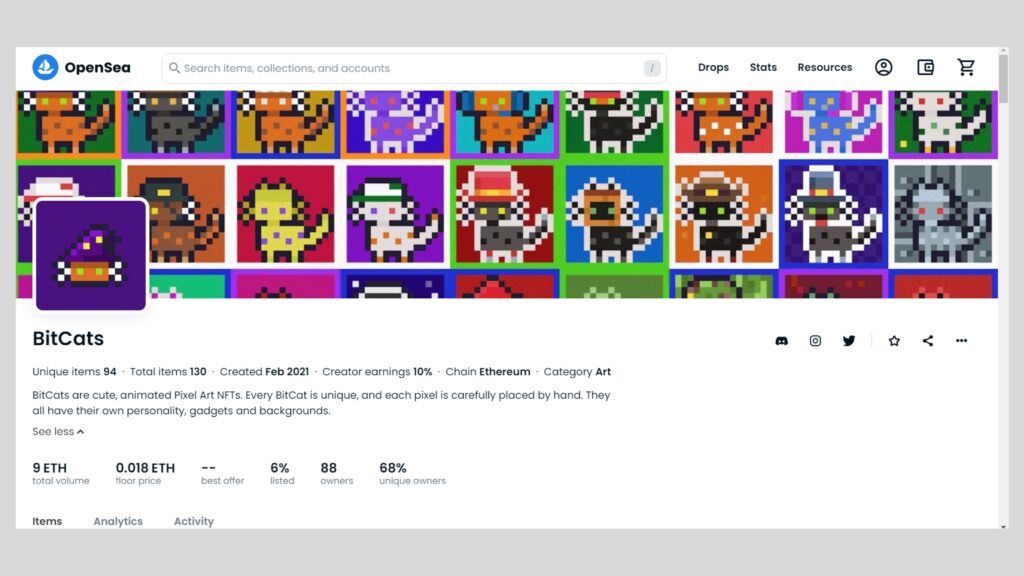
Conclusion
Pixel art NFTs are a unique and exciting form of digital art that can be bought, sold, and collected on blockchain platforms. Creating and selling pixel art NFTs requires some knowledge of digital art and the tools used to create it, as well as an understanding of blockchain technology and the various platforms used to mint and sell NFTs. By following the tips and best practices outlined in this beginner’s guide, you can create and sell your own pixel art NFTs and join the growing community of digital artists and collectors on the blockchain.
Robin
Author: Robin Olsson
Author Bio: I’m Robin and on this website, I share everything I’ve learned since getting into NFTs in 2021. I have a background in research and I’ve been in crypto for several years. You can read more about me here.
